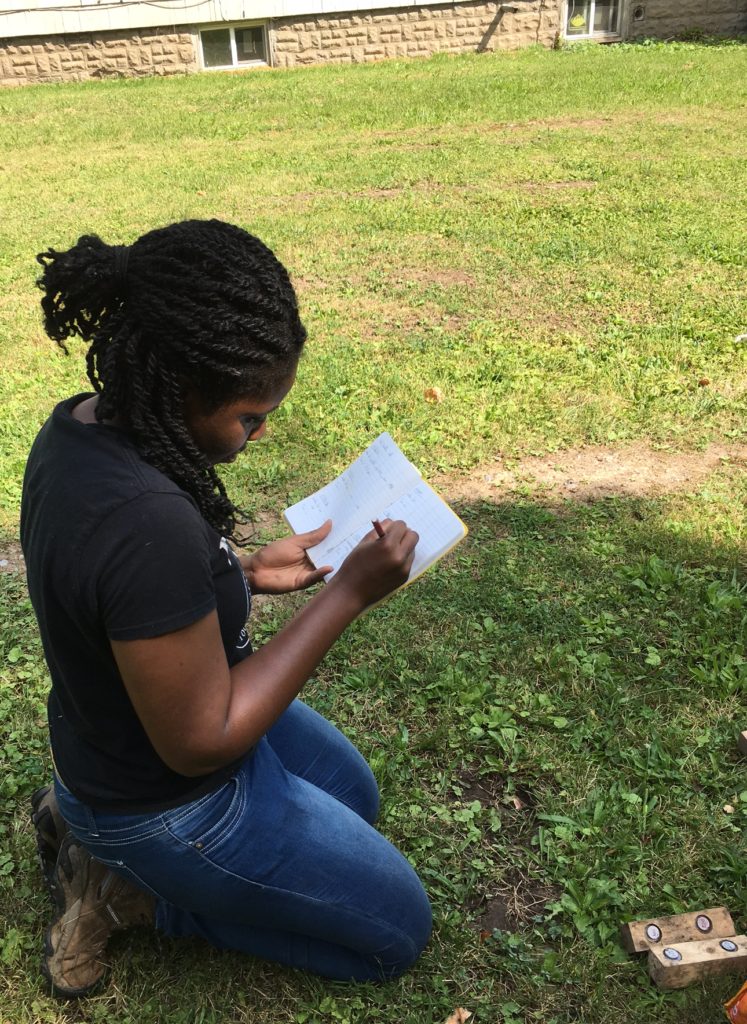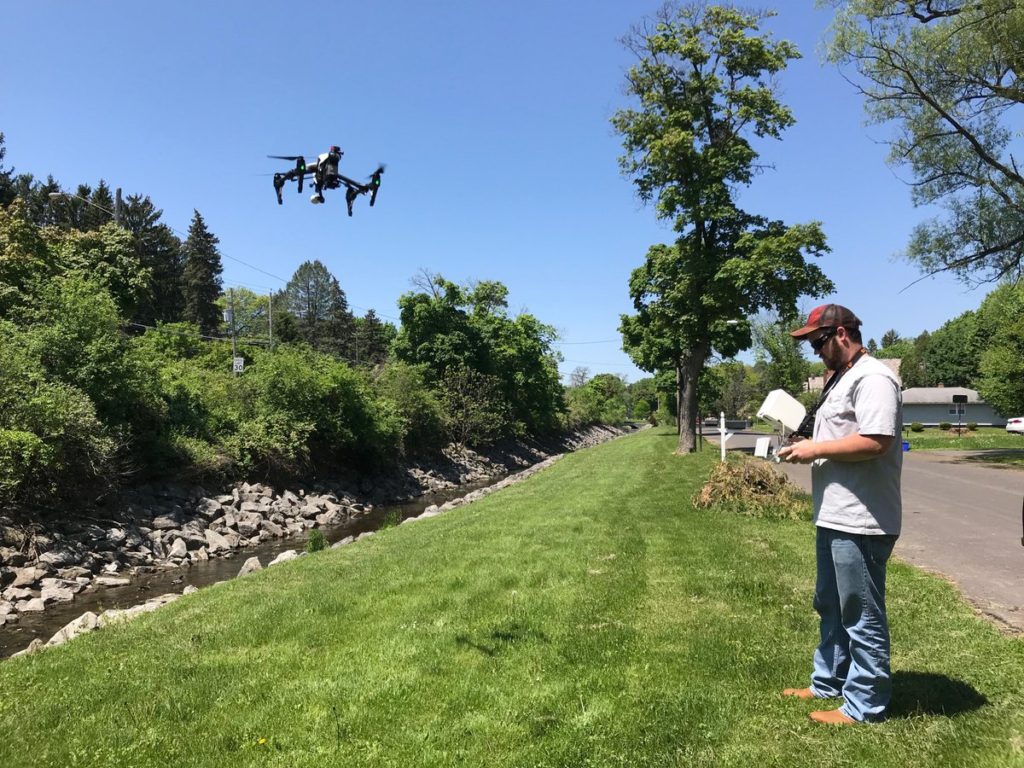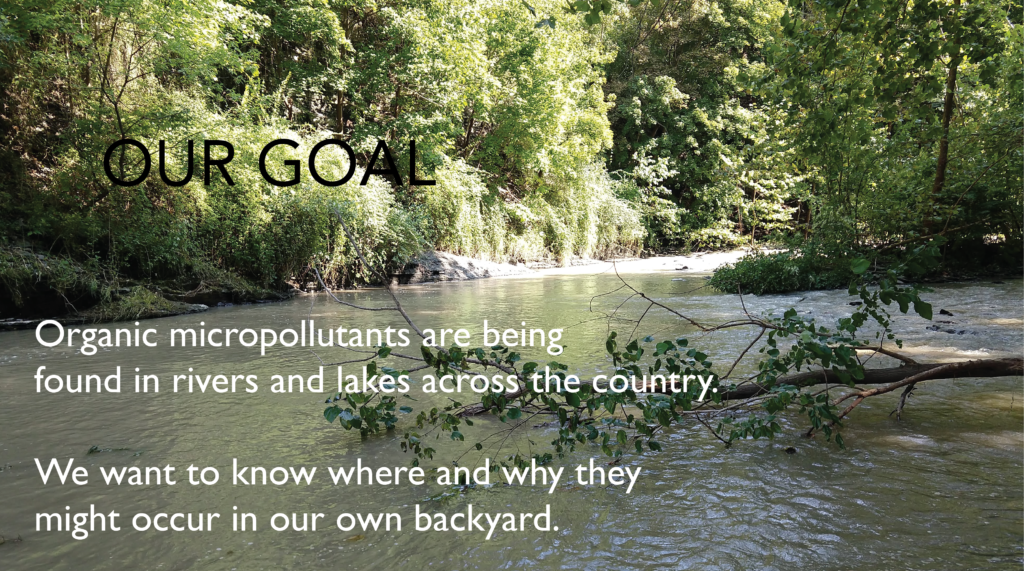We examine relationships between hydrology and water quality in natural and human impacted (urban and agricultural) settings using data analysis and hydrologic modeling.
Ongoing Projects:
Urban heat pulses: how do urban stream temperatures respond to precipitation, and what organizes these extreme responses across watersheds?
High resolution modeling of urban flooding: can we identify flood prone areas using topographically based models?
Identifying the impact of hydrology on chemicals of emerging concern (CECs): do hydrologic processes impact CEC detection in watersheds across a gradient of agricultural land cover?
Extreme stream temperature behavior: how do stream temperatures respond during the warmest months of the year? How is this organized across watersheds of varying climates, sizes, and human impact?
Beaver dam analogues and hydrology: how do beaver-based restoration structures alter local hydrologic processes?
General thematic areas we are investigating include ….
Comparative Hydrology in Urban Systems:
Patterns of energy and water exchange in urban systems are altered by different landscape characteristics than in natural systems. Our group continues to do research exploring and investigating these patterns across urban areas in terms of infiltration, soil temperature, land cover, and flooding.
Interested? Check out our work on…
The hydrologic potential of vacant lots: https://doi.org/10.1038/s41467-020-15376-9
Predicting nuisance flooding: https://doi.org/10.1002/hyp.13628
Modeling extreme events in urban watersheds: https://doi.org/10.1111/jfr3.12492
Observing and modeling urban stream temperatures:
https://doi.org/10.1016/j.scitotenv.2018.12.457

Hydrologic applications of sUAS technologies:
Our research group continues to investigate applications of sUAS (drone) technologies to environmental monitoring. sUAS offers a unique opportunity to collect patterns of information, which may be helpful to mode linvestigations alongside inferring how hydrologic processes vary in not only in time, but also in space. Our ongoing work in this area includes assessments of stream temperature, turbidity, and nuisance algae in local waterways. New funding from the National Science Foundation will support the use of sUAS to study beaver-based stream restoration structures using drone imagery.
Interested? Check out our work with …
Turbidity: https://doi.org/10.1002/hyp.13372
Stream temperature: https://doi.org/10.1002/hyp.13395
Drone applications in the geosciences: https://doi.org/10.1029/2018EO092269

Investigating relationships between hydrology, human behavior, and contaminants of emerging concern:
In collaboration with Rebecca Schewe (Sociology) and Teng Zeng (Civil Engineering), our team is working to explore relationships between presence/absence and concentrations of organic micropollutants in streams across the central NY area. Sites extend from Rochester to beyond Utica. Our group is working to create information at the intersection of detection, hydrology, and human activity to improve understanding of when and where organic micropollutants can be expected to occur, and gathering a baseline from the CNY region. You can read more here.
